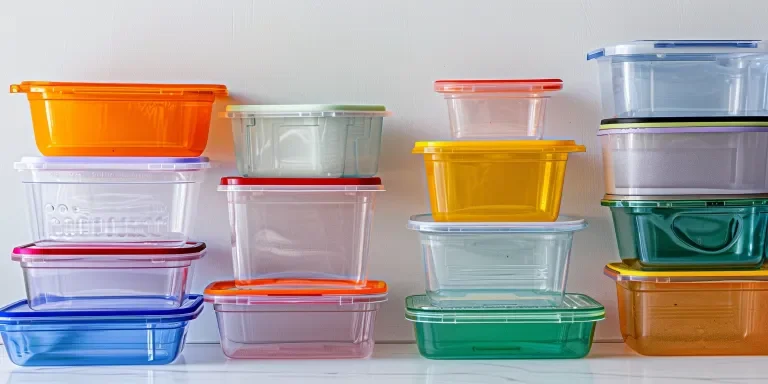When it comes to traveling or commuting, food containers become an essential part of our lives, ensuring our meals stay fresh and convenient to consume. This article delves into the intricacies of food containers, covering their types, functionality, selection process, lifespan, replacement tips, and cost considerations. Get ready to elevate your meal prep and consumption experience on the go.
Table of Contents:
– What is a food container?
– What does a food container do?
– How to choose the perfect food container
– How long do food containers last?
– How to replace your food containers
– How much are food containers?
What is a food container?
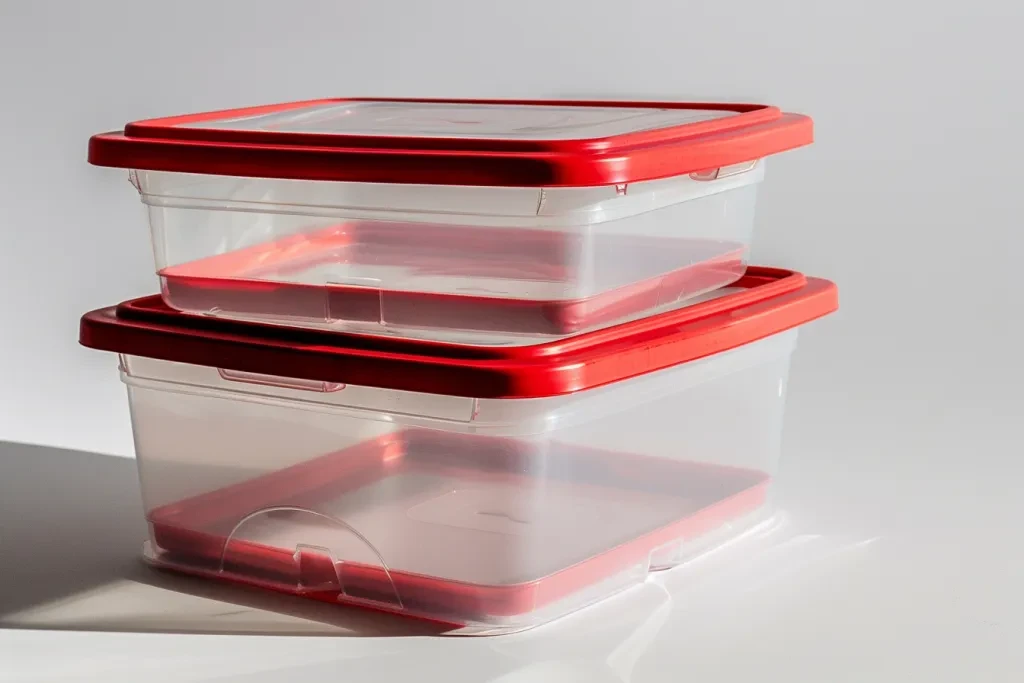
Food containers are versatile storage solutions designed to hold, transport, and preserve food items securely. They come in various shapes, sizes, and materials, including plastic, glass, stainless steel, and silicone. Each type offers unique benefits, from the lightweight and portable nature of plastic containers to the durability and non-reactive properties of glass and stainless steel options. Silicone containers offer flexibility and compact storage capabilities, making them a popular choice for travelers and commuters alike.
What does a food container do?
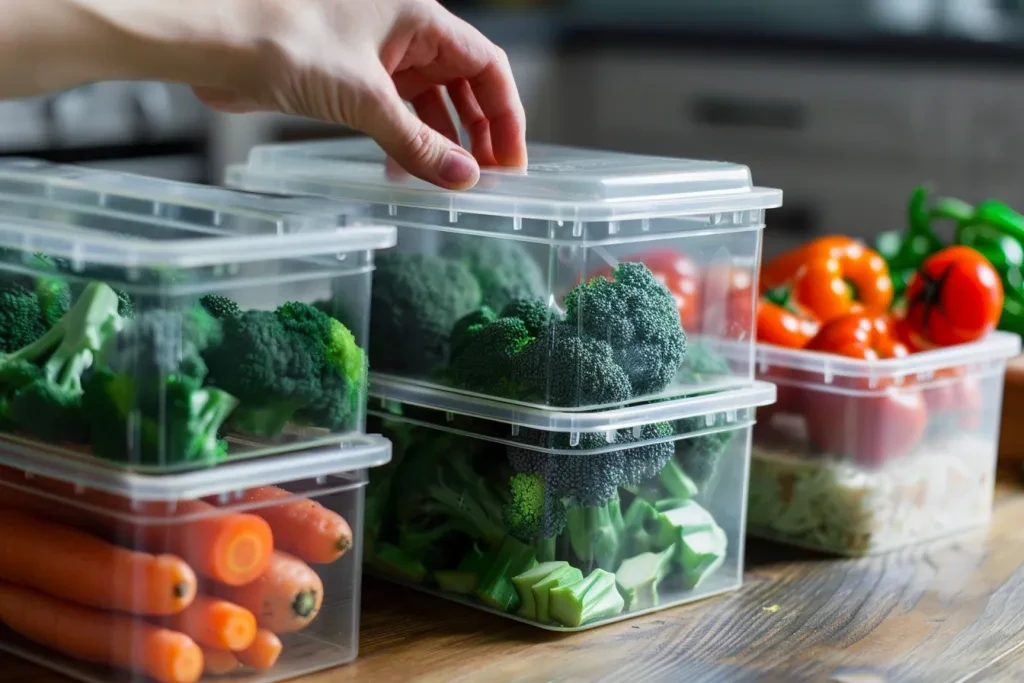
The primary function of a food container is to keep food items fresh and protected from external contaminants during storage and transport. They are engineered to provide airtight seals, which help in preserving the food’s flavor, moisture, and nutritional value. Additionally, these containers can be designed for specific uses, such as insulated containers that maintain the temperature of the contents, making them ideal for hot meals or cold beverages. Their versatility extends beyond just storage, as many are microwave-safe, allowing for convenient reheating without the need for additional dishes.
How to choose the perfect food container
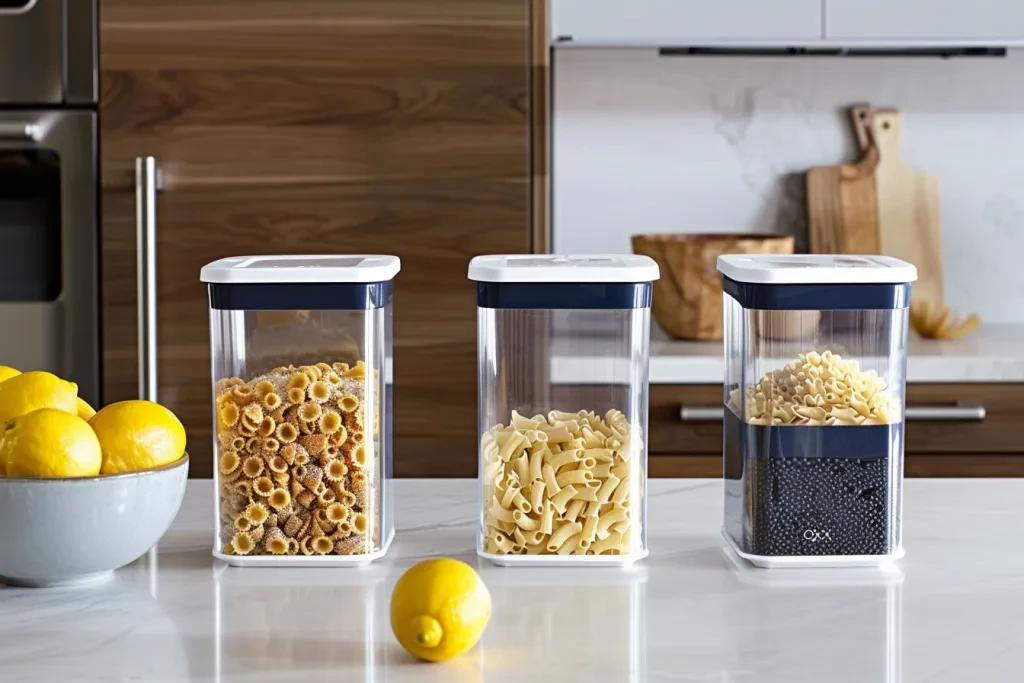
Selecting the right food container involves considering several factors, including material, size, seal quality, and intended use. For those prioritizing health and sustainability, glass or stainless steel containers are preferred for their durability and lack of harmful chemicals. Size and shape are important based on the type of food being stored and the space available in your bag or vehicle. Look for containers with high-quality seals to prevent leaks and spills, especially when transporting liquids. Lastly, consider containers that are dishwasher-safe, microwave-safe, and stackable for ease of use and storage.
How long do food containers last?
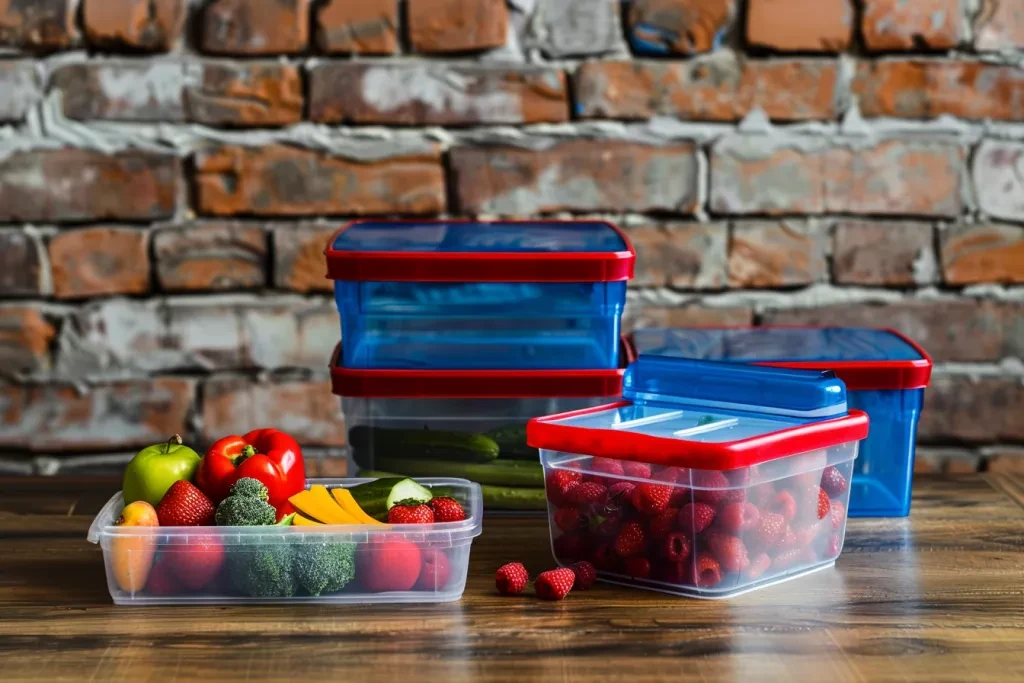
The lifespan of a food container depends on its material and how it’s used and maintained. Plastic containers, while affordable and convenient, can degrade over time, especially when frequently used in microwaves or dishwashers, typically lasting a few years. Glass containers can last indefinitely if handled carefully, although their lids may need replacing due to wear and tear. Stainless steel containers boast longevity, often lasting many years with proper care. Regular cleaning and avoiding the use of abrasive materials can extend the life of your food containers.
How to replace your food containers
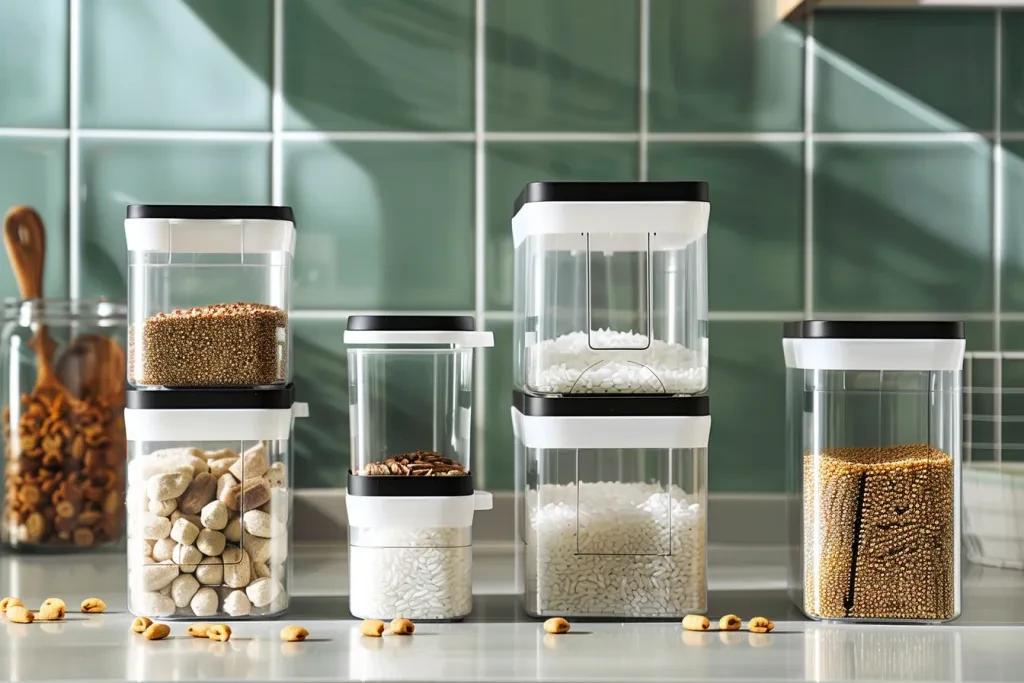
Replacing food containers is a straightforward process, but it’s important to consider the environmental impact of discarding old ones. When a container shows signs of wear, such as cracks, discoloration, or a deteriorating seal, it’s time for a replacement. Look for recycling programs in your area for plastic containers, and consider repurposing glass or stainless steel containers for non-food storage needs. Investing in high-quality replacements can reduce the frequency of this cycle, contributing to both cost savings and environmental sustainability.
How much are food containers?
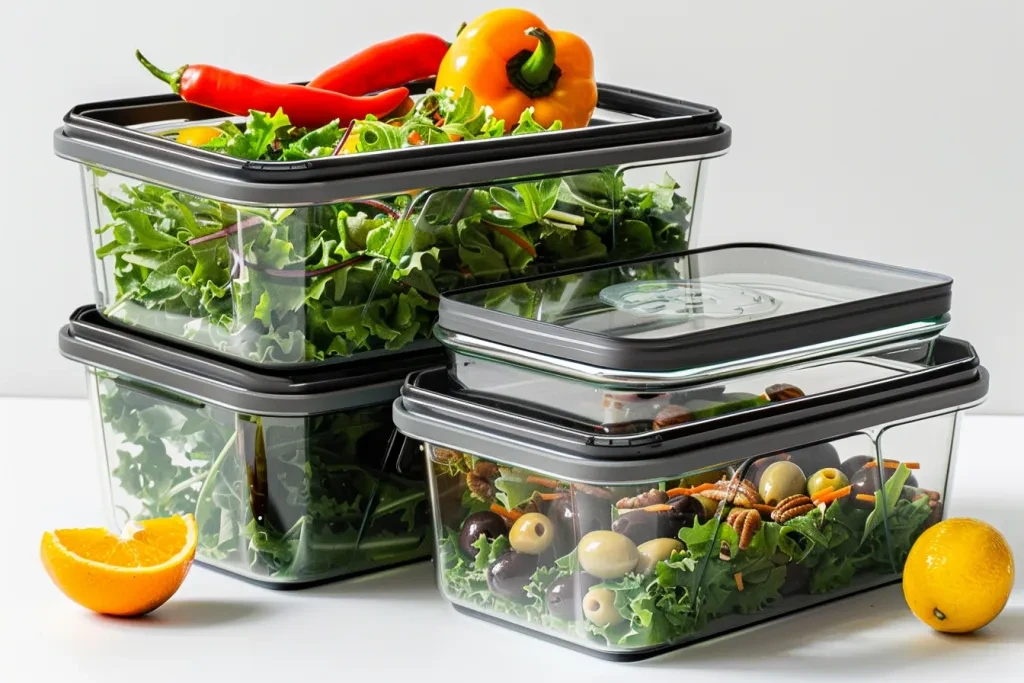
The cost of food containers varies widely based on material, size, brand, and functionality. Plastic containers are generally the most affordable, with prices starting as low as a few dollars for basic models. Glass and stainless steel containers are pricier, reflecting their durability and material costs, with prices ranging from $10 to $50 for individual containers or sets. Specialized containers, such as those with advanced sealing mechanisms or insulated designs, may carry a higher price tag. Considering the lifespan and benefits of each type can help justify the initial investment.
Conclusion:
Food containers are indispensable tools for anyone looking to store, transport, and consume meals efficiently and safely. By understanding the different types, their functions, and how to select and maintain them, you can make informed decisions that suit your lifestyle and budget. Remember, investing in quality food containers not only enhances your dining experience on the go but also contributes to a more sustainable and health-conscious lifestyle.
